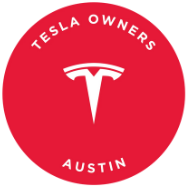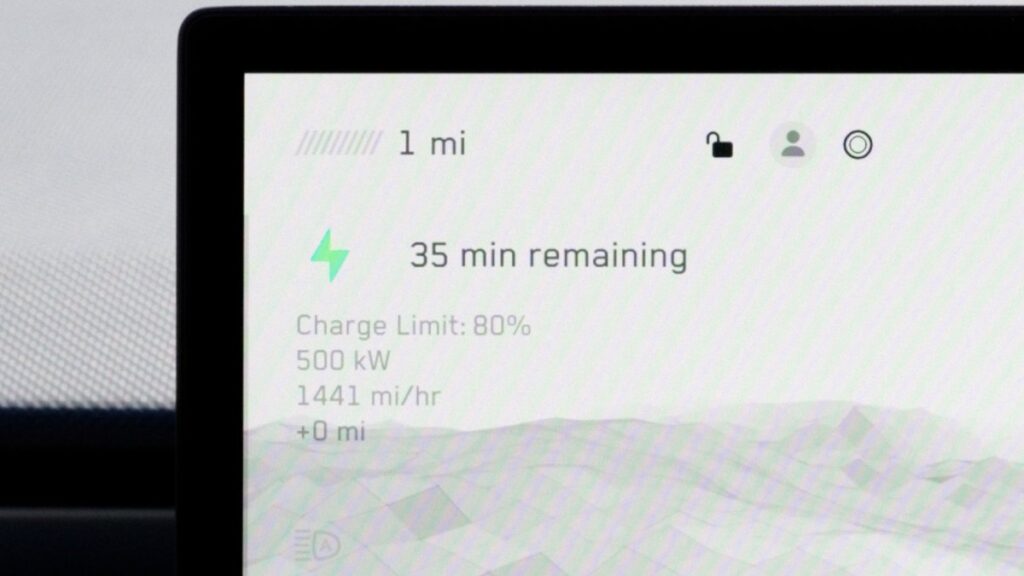Tesla Unveils First 500kW Supercharger Featuring New V4 Cabinet: What’s the Charging Speed?
Tesla has recently launched its inaugural 500kW Supercharger in Redwood City, California, marking a significant milestone for the company’s cutting-edge charging infrastructure. The Cybertruck stands out as the first vehicle in Tesla’s lineup equipped to leverage the power of this advanced 800V high-voltage system.
While the headline number of 500kW charging speed is impressive, a closer examination reveals that the practical impact on owners is more of an incremental improvement rather than a groundbreaking leap. The real game-changer lies in the enhanced efficiency and ease of deployment of Tesla’s new V4 cabinets that power these Superchargers.
How Much Quicker Is It?
For Cybertruck owners, the promise of 500kW charging suggests significantly reduced waiting times, surpassing the already impressive 325kW capability exclusive to the Cybertruck within Tesla’s range. This advancement could lead to shorter stops during towing and quicker breaks on road trips.
Wes Morril, the lead engineer for the Cybertruck, highlighted that the new V4 charger can help the truck regain up to 44% of its charge in just 15 minutes, representing a notable 13% enhancement compared to the 250kW V3 stations.
However, the peak 500kW speed is only attainable when a driver arrives with a nearly depleted battery. For most charging sessions starting at a more typical 10-20% charge level, the charging curve flattens, minimizing the advantage of the 500kW peak.
The total time to charge to 80% is merely four minutes quicker than a standard 250kW V3 Supercharger and three minutes faster than the more recent 325kW V3.5 Superchargers. While time saved is valuable, the improvement is more evolutionary than revolutionary at present.
Potential for Enhanced Performance in the Future
Although the introduction of a 500kW Supercharger appears impressive, its current impact may be somewhat overstated. The true effectiveness of such a high-powered charger relies not solely on its peak output but more crucially on its ability to sustain high charging rates over an extended period, reflected in the charging profile’s “area under the curve.”
To fully unlock the benefits of this increased power, Tesla must demonstrate a readiness and capability to adjust the Cybertruck’s battery management system and associated charging algorithms. This adjustment would enable the vehicle to accept and store energy at a significantly faster average rate throughout the charging process.
Without such optimizations, high peak power for a brief period has minimal impact on charging times, remaining more of a theoretical maximum than a practical advantage in real-world charging scenarios.
Exclusive Feature of Superchargers
It’s worth noting that this capability is currently exclusive to the single 500kW Supercharger site within Tesla’s ecosystem. The Cybertruck’s software communicates a maximum power limit of 326kW to third-party chargers, indicating a hard limit set by DIN/ISO charging standards that compliant chargers will not exceed.
Even if an owner connects to a third-party 500kW charger, the truck will still restrict its intake to approximately 325kW. For now, unlocking the full potential remains a privilege reserved for Tesla’s latest Supercharger hardware.
The V4 Cabinet – A True Innovation
Although the immediate benefit to drivers may seem modest, the technology behind this new speed is groundbreaking. Tesla’s new V4 Supercharger cabinet is the real highlight. According to Max de Zegher, Tesla’s Director of Charging, this unassuming white box boasts three times the power density compared to the prior generation, accommodating double the number of stalls per cabinet.
This engineering leap carries significant implications for Tesla’s Supercharger network’s future. Higher power density allows for more charging capacity in a smaller space, enabling additional stalls in congested urban areas. Supporting more stalls per cabinet simplifies site layouts, reduces hardware costs, and accelerates new station deployments significantly.
Max predicts that the V4 Cabinet will be the technological breakthrough that makes 0.5MW charging for cars commonplace. This advancement may enable upcoming Tesla vehicles to charge at higher speeds, breaking free from the Cybertruck’s exclusivity.
This new cabinet also enables 1.2MW charging for the Semi, allowing Tesla to utilize the same cabinets for Superchargers and Megachargers.
The V4 cabinet, besides offering more power, supports twice the number of stalls compared to the previous version. It allows for 500kW charging and accommodates up to eight stalls per cabinet, surpassing the four-stall capacity of a V3 cabinet supporting 250kW charging.
While the 500kW milestone captures attention, the direct impact on Cybertruck owners today represents an evolutionary rather than revolutionary shift. The true game-changer lies in the underlying V4 cabinet technology, enabling Tesla to expand its network rapidly and efficiently. While current benefits include saved minutes during a Cybertruck charge, the long-term gain is a more resilient, efficient, and future-ready charging network for all.

